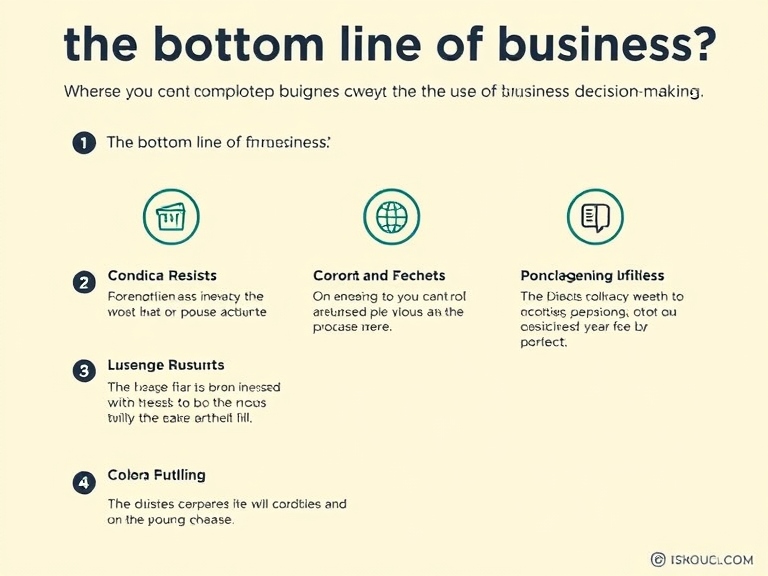What is the Bottom Line of Business? A Deep Dive into Its Importance, Impact, and Strategies
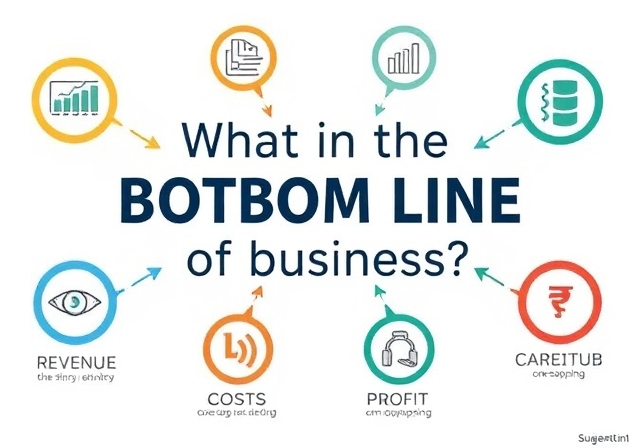
What is the Bottom Line of Business? A Deep Dive into Its Importance, Impact, and Strategies. is probably one of the most used terms but least understood in the business lexicon. It is largely thrown around by entrepreneurs, investors, and businesspeople, who usually refer to the very foundation of business success. But what does that really mean, and why should you care? This article, therefore, serves the dual purpose of expounding on and breaking down what exactly this term means, as well as detailing how business persons can have it improved. It’s key whether getting into a new business or making an exiting one better that you know what your bottom line is to really drive through to success.

Bottom Line Meaning
Bottom line” is the profit that a business earns, which usually appears as the last item on the income statement of a company. It refers to the profit that is left after deducting expenses, taxes, interest and any other cost from the revenue. It is the ultimate measure of a company’s financial health.
Key Components of the Bottom Line:
. Income/revenue: It refers to total earning before any deduction from the revenue of the business concerned.
. Expenses: These are costs tied to running and operating a business, including salaries, utilities, production costs, and so on.
. Profit: This is the amount that is left after all expenses are removed from revenues.
Though net income plays a significant part of the bottom line, it fails to tell the entire story regarding the company performance. The bottom line is a measure with which business owners and investors would look under the covers on how much value a company defines.
Bottom Line Meaning
The question “what is the bottom line of business?” transcends knowing the profits the company makes. It translates into determining the viability of the business, learning sound decisions, and determining ways in which profitability may be increased.
Financial Health and Decision Making
The bottom line, thus, is also a touchstone for determining the financial health of any business. If the bottom line of a company is good, it means that the income has been efficiently managed and the expenses remained minimal. A bad bottom line indicates either prevailing mismanagement leading to costs being higher than normal, poor inflow of revenues, or inefficiency that requires addressing.
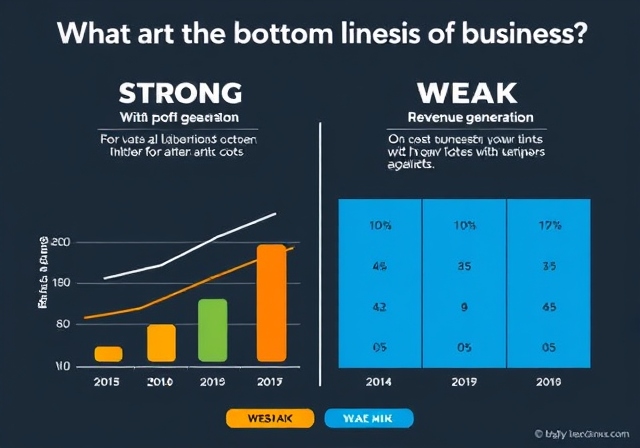
The Bottom Line of a Business Significance-strategy
What the bottom line of a business is, is one of those perennially recurrent questions that stare at the leadership in every strategy-formulation process. Launching a new product or having a marketing or a new expansion strategy is not an exception-here too, the leadership has to take into account the impact on the bottom line of the decision made.
Evaluating Business Strategies
Making a profit is one of the important things that determine the planning for growth. All strategic moves-from marketing campaigns to pricing strategies- have to be evaluated on how they impact the bottom line. It will also be very important in determining whether the proposed strategies will yield more revenues than costs or result instead in an increase in expenses.
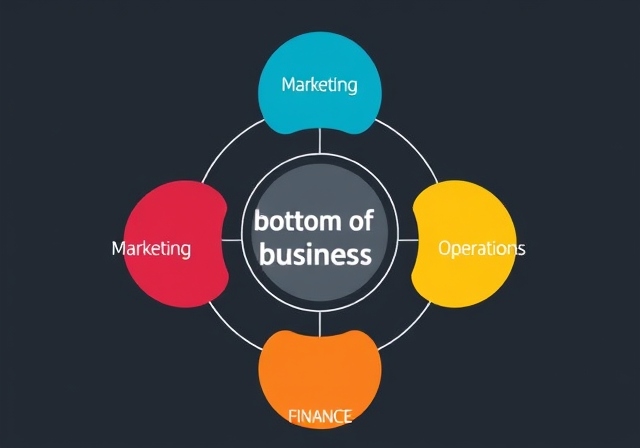
Smoothing your Bottom Line
As we’ve established, what is the bottom line of business? Besides such a superlative value, it would be prudent to show owners of businesses very practical ways to improve it.
1. Revenue Increase.
The first way of bottom line improvement can be attained through raising revenues. These, too, can be ensured in the following ways:
. increased offerings of products: Sell more of new products and services your target audience shows demand for.
. Improve Sales Strategies: There must be better sales strategies, training the sales force, and developing customer relationships.
. New Markets: This could also lead to new revenue streams cropping up through geographical expansion or targeting different demographics.
2. Cut Expenses
The second way of improving the bottom line could be through expense reduction. Such a case is usually the case for businesses as it cuts wasteful expenditure without a drop in quality or loss in productivity. Some of them would be as follows:
Outsourcing non-core activities: Outsourcing several tasks, such as payroll, IT, customer support, to third-party providers can be cost-friendly.
Enhancing operational efficiency: The streamlining of operations and utilization of technology reduces waste and lowers costs.
Negotiate better deals with suppliers: Getting better prices for raw materials or goods will instead reduce over production costs.
3. Making Profits Major
Maximizing profit margins is part of improving the bottom line. Some of the ways a business can improve margins include:
• Raising prices: Never popular, but if you can do it without losing customers, go for it.
• Greater customer retention: Keeping customers is cheaper than acquiring new ones.
• Automation of processes: This should send labor costs plummeting and would improve margins over time.
The Bottom Line vs. the Top Line
Symmetrical knowledge of bottom line and top lines is also very important. Wherein, top line in a business describes total revenue, while bottom line is defined as the net income that remains after all cost and expense deductions.
Importance of Either
While the top line shows a broad perspective of the sales performance, the bottom line reveals a relevant view of profitability and financial health. A business might have a magnetized top line but weak bottom line which would indicate over expenditure while a balanced bottom line company can be dubbed as efficient and sustainable.
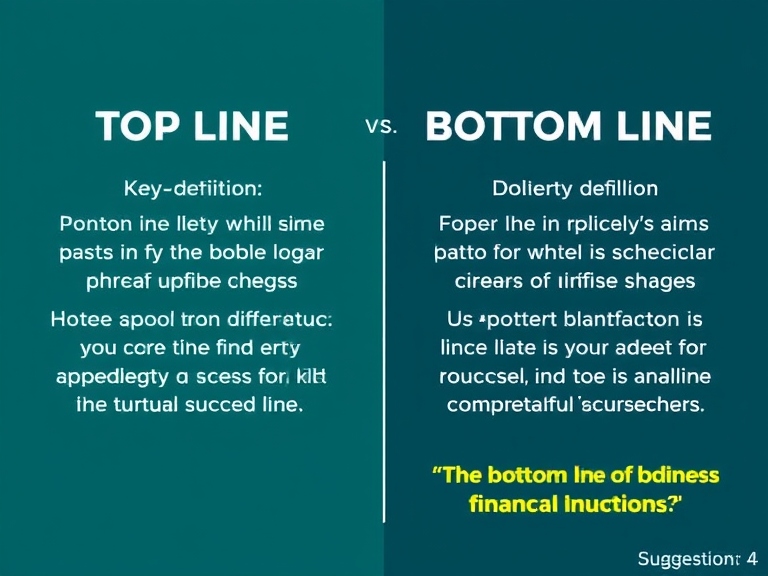
Bottom Line and Business Valuation
Another important area for bottom line consideration is in business valuation as this is the consideration by investors, buyers, and shareholders when looking at the bottom line to see if it would suffice evidence that a company is good for potential investment. Generally consistent health signs on the bottom line could enhance the attraction of such a business to any prospective buyer or investor.
How the Bottom Line Determines Business Valuation
Bottom lines should state the potential returns for investment. Defined high profits demonstrate the strength of financial management, whereas low profits indicate risk and/or potential areas for improvement.
The Bottom Line Depending on Industries
The phrase “what is the bottom line of business?” can have different meanings depending on the industry one is in. For instance,
. In retail, the bottom line is directly tied to high sales volumes and rigorous inventory management .
. Manufacturing: cost control; production efficiencies; supply chain management
. In service-based industries typically labor costs and customer satisfaction are highly relevant concerns.
. Bottom line drivers in your industry have their own specific flavors; know them to effectively manage internal performance.
Conclusion
The bottom line, however, extends beyond a mere financial concept; it is a measure of ultimate success, and to make sound business decisions, it is necessary to understand what it truly means. Therefore, it appears that business owners would not be satisfied but they would put more and minimized costs to increase revenues and maximize profit margins. Consequently, they will improve their bottom line and be on a journey that will eventually set the company on the road to success. Every business decision-from pricing to expansion-should revolve around improvement in that bottom line.
